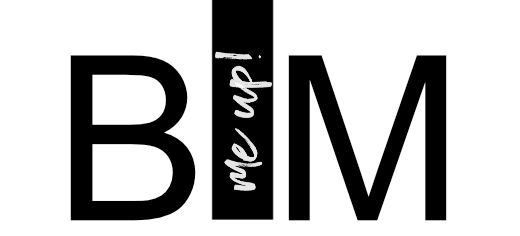After my last blog post about Adaptive auxiliary line as a 3D measuring aid I was asked how the principle could be used to measure area. The most obvious variant, namely an adaptive family with 3 (or more) points that define an area, unfortunately does not automatically provide a parameter for the area (but only for the volume). Of course, you could solve this with the help of formulas, but there is a much simpler way - you simply have to use the template for an adaptive family according to sample choose:
This family type is primarily used for planning adaptive façade segments, but also has a decisive advantage: it also automatically provides us with the "area" parameter!
Various patterns can be selected in this template - simply select the grid and set the pattern in the properties window. In our case, we are assuming a triangular area.
The special feature of these families is also that no further adaptive points can be added, but are predetermined by the pattern - the choice of the appropriate pattern is therefore decisive.
You can see my family for the triangular surface here download. With the help of this family, area can be queried very easily by placing 3 points in space:
Further possibilities:
Srecko Sljivic / Wolfgang Sünder, the Revit power duo from Werner Consult in Vienna, also gave me the idea of using such an adaptive surface to define inclined work planes in the project. This can be particularly helpful for complex geometries if you don't want to define a work plane on a "finished" surface, but have to define it using any three points in space.
They would like to explain the background and the project in which this was used at the next Autodesk University in Darmstadt - so we can be excited! 😉
Greetings, Lejla









